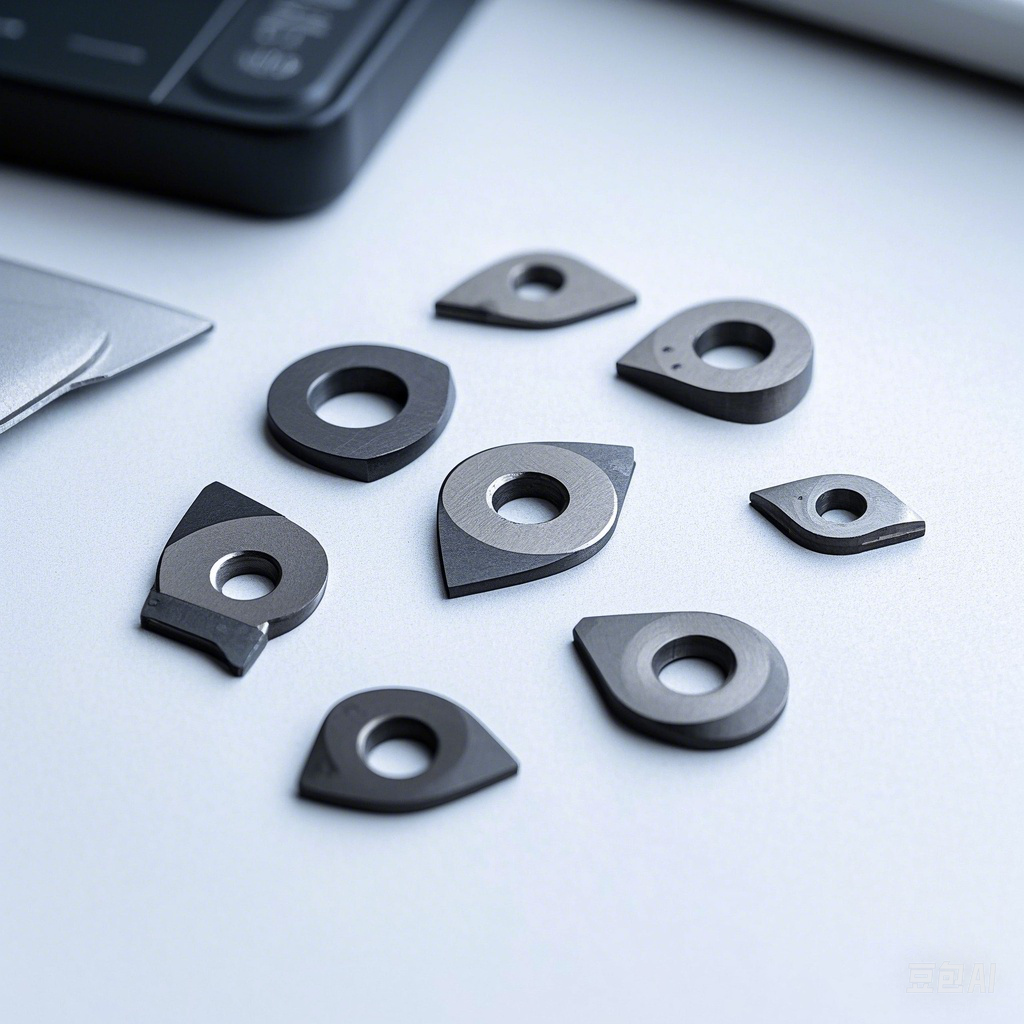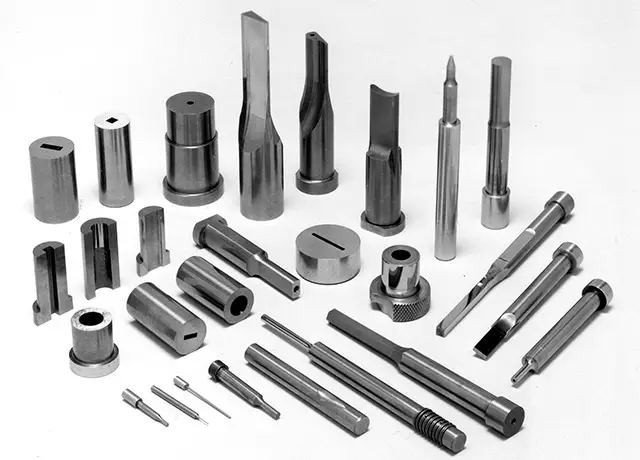In modern industrial processing, cemented carbide blades are essential cutting tools. Made via powder metallurgy, they combine tungsten carbide (WC) and other hard – metal carbides with a cobalt (Co) binder. This blend gives the blades outstanding properties.

Exceptional Hardness and Wear Resistance
One of the most prominent features of cemented carbide blades is their extreme hardness. With a Rockwell hardness typically ranging from HRA89 to HRA93, they are much harder than high – speed steel blades. This high hardness enables them to maintain a sharp cutting edge for an extended period, even when working on tough materials such as stainless steel, cast iron, and non – ferrous metals. Their excellent wear resistance significantly reduces the frequency of blade replacements, leading to increased productivity and cost – savings in industrial operations.
High – Temperature Stability
Cemented carbide blades also exhibit outstanding high – temperature stability. During the cutting process, a significant amount of heat is generated due to friction. However, these blades can withstand high temperatures without losing their hardness and cutting performance. They can operate efficiently at temperatures up to 1000°C. This property makes them suitable for high – speed machining applications, where high cutting speeds and feed rates are required to achieve rapid material removal.
Wide Range of Applications
Cemented carbide blades are versatile and widely used across industries. In metalworking, they’re vital for turning, milling, drilling, and boring. In automotive manufacturing, they precisely machine engine, transmission, and chassis parts. In aerospace, they’re crucial for machining titanium alloys in aircraft components. They also ensure smooth cuts in woodworking and plastic processing.
Advantages Over Other Blades
Cemented carbide blades stand out compared to high – speed steel and ceramic blades. High – speed steel blades are cheap but lack hardness and wear resistance. Ceramic blades are hard yet brittle, breaking easily. Cemented carbide blades balance hardness, toughness, and cost, making them ideal for various industrial uses.
Future Trends
With technological progress, cemented carbide blade development is advancing. Manufacturers innovate to boost blade performance. Key trends include nanocomposite carbide with nanoscale particles for enhanced hardness, wear, and toughness, plus advanced coatings like PVD and CVD for improved surface properties and lifespan. Also, as sustainable manufacturing gains importance, eco – friendly production processes for these blades are being developed.
In conclusion, cemented carbide blades play a crucial role in modern industrial processing. Their exceptional properties, wide range of applications, and continuous development make them an essential tool for achieving high – quality, efficient, and cost – effective manufacturing.

